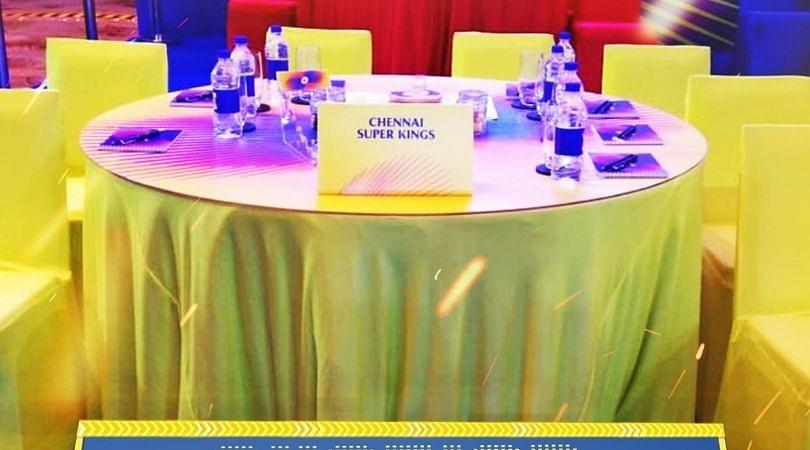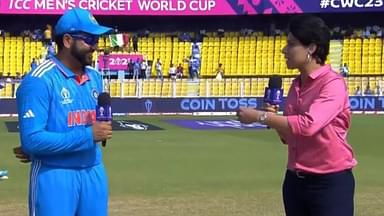Accelerated bidding process in IPL auction: The SportsRush brings you a detailed explanation of the Accelerated bidding process in IPL auction.
Advertisement
The 15th edition of the Indian Premier League is not so far away. Ahead of the event, a mega auction will take place in Bengaluru on 12 and 13 February. This time there will be a total of 10 ten teams will be participating in the tournament. Apart from the existing eight teams, Lucknow and Ahmedabad are the new franchises this season.
A total of 590 players will go under the hammer as confirmed by the BCCI ahead of the auction. There are some major absentees like Mitchell Starc, Chris Gayle, Ben Stokes, etc from the names registered.
Accelerated bidding process in IPL auction
The auction moves into an accelerated mode when 18 sets comprising of 161 players get completed. After the auction moves into the accelerated mode, the franchises can call players that were unsold earlier. The teams can also ask for players who are yet to go under the hammer. So only the players the team registers or asks for will go under the hammer. The rest of the players’ names won’t be taken. It is a hectic process to take 590 names, that’s why accelerated auction is used at the end to save time.
– !
How excited are you for the #TATAIPLAuction 2022❓ pic.twitter.com/R5TFi8g6XE
— IndianPremierLeague (@IPL) February 11, 2022
The silent tie-breaker rule is most likely to be used under the accelerated category only. The silent tie-breaker rule is there since 2010, but it has been used only three times so far. Kieron Pollard (Mumbai Indians) and Shane Bond (Kolkata Knight Riders) in 2010, and Ravindra Jadeja (Chennai Super Kings) in 2012. This rule is used when a franchise makes a “last bid” for a player, wherein it would have exhausted its purse. If there were a “matching bid” from a second franchise that equals the amount raised by the first team, then both teams would enter the silent tie-breaker tussle.
In the accelerated auction, the teams will be left with a minimal purse, so the possibility of silent tie-breaker rule increases.







